
In gold extraction technologies, the gold heap leaching process flow has been widely used because of its simple process, low energy consumption, less equipment configuration, low capital construction investment, and production cost, which is especially suitable for treating low-grade gold ore.
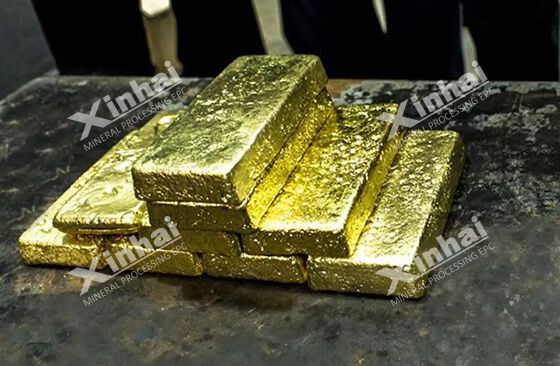
In production, the common gold heap leaching process flow mainly includes six stages: ore preparation, leaching pad construction, heap building, leaching solution preparation, solution distribution and collection, rich solution (precious solution) processing.
The ore preparation stage mainly includes crushing, granulation, and pretreatment operations, whose purpose is to improve the ore leachability and leaching pile permeability, avoid liquid flow irregularity, blockage, ditch flow, and other phenomena, improve the recovery rate of gold ore and reduce the consumption of leaching solution.
1. Crushing
Different crushing processes are carried out according to the ore properties and technological requirements. The waste ore generally doesn’t need crushing (30%), the ore particle size after two-stage crushing is 30-50mm (53%), and the ore particle size after three-stage crushing is 9-19mm (17%). It has been proved that crushing is one of the key technical links to ensure the good permeability of ore and improve the leaching rate of gold ore.
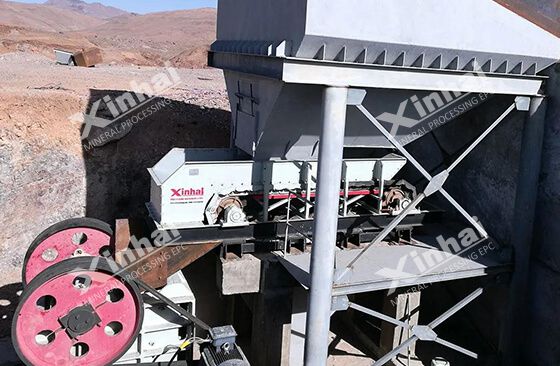
2. Granulation
The granulation is required first for the fine ore and high clay containing ore. Adding a certain amount (3-6kg/t) of cement and lime adhesive to the ore, then adding an appropriate amount of sodium cyanide solution, keeping the ore 8-12% of humidity, curing 8-12h, thus forming the ore group. The granulation treatment improves the permeability of the ore heap, keeps the sufficient oxygen supply, dissolves the gold by cyanide in advance, and greatly improves the gold leaching rate.
This process often uses a cylinder granulator, disc granulator, multi-section belt granulator.
Among them, the belt granulator can directly send the fine ore after the granulation to the heap leaching field, while the cylinder granulator is especially suitable for the high clay-containing ore.
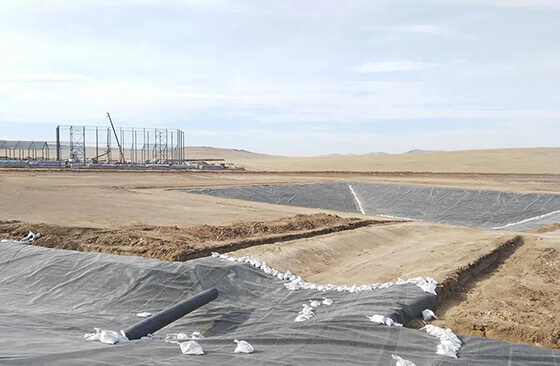
3. Pre-treatment
In the granulation process, sometimes it is necessary to add a leaching solution to pretreat the ore, whose purpose is to improve the permeability of the leaching heap and the leaching rate of useful components of the ore.
In order to collect the rich liquid and prevent the leakage of the solution, the bottom of the yard should be repaired and bedding before the heap building. The materials used in the construction of the leaching pads are clay, sand, gravel, asphalt, reinforced concrete, plastic film, or rubber plastic plate. Depending on the different materials, the thickness of the cushion layer is generally 300-600mm. The longitudinal and transverse drainage ditches are paved with block ore in the cushion layer, and then a layer of large ore is laid on the whole bottom plate to protect the bottom pad.
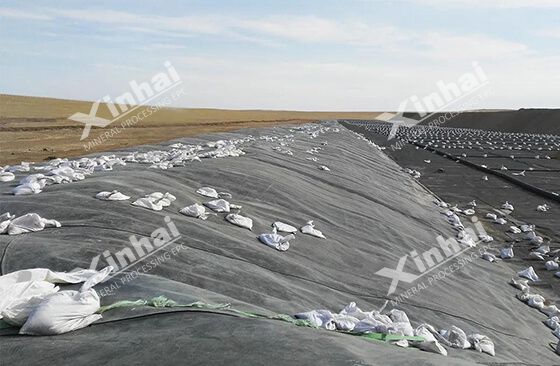
The purpose of heap building is to make the ore pile have good and uniform permeability, and ensure that the slope will not collapse. The height of the ore heap mainly depends on the permeability of the ore heap, the content of the leaching agent in the leaching solution, the equipment, and the method used in heap building.
Generally, the heap height is 3-9m, and the heap of raw ore can be as high as 46m. There are many ways to build the heap, such as the multi-heap method, multi-layer method, slope method. Most of the gold heap leaching plants often use cars, front-end loaders, bulldozers to unload ore to build the heap, and timely loosen the heap.
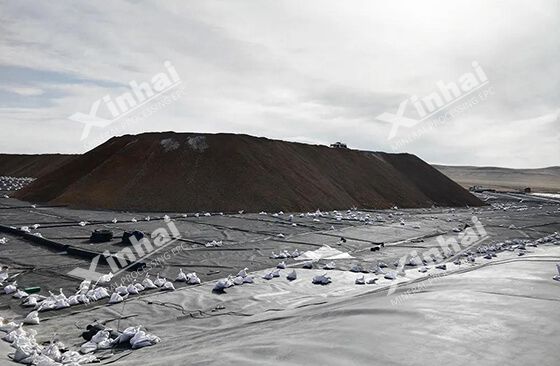
The leaching solution used for leaching the useful components from gold ore is prepared with water and leaching agent according to a certain formula. The common leaching agents include sulfuric acid, nitric acid, hydrochloric acid, sodium carbonate, sodium bicarbonate, ammonium carbonate, ammonium bicarbonate, ferric sulfate, chloride, sodium iodide, potassium iodide, ammonium sulfate, air, oxygen, permanganate, nitrogen oxides, hydrogen peroxide, and chlorate. The formula and dosage of the leaching solution need to be determined according to mineral species, mineral composition, and chemical composition. Generally, the alkaline sodium cyanide solution is used in the gold heap leaching.
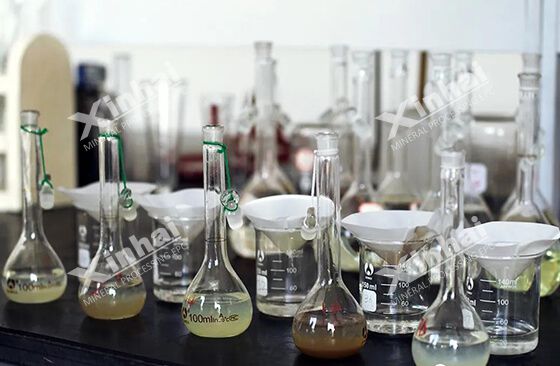
The solution distribution is to evenly spray the leaching solution on the top surface of the ore heap, and the solution distribution system is composed of a liquid distribution pool, pump, infusion pipe and spray pipe and spray device laid on the ore heap.
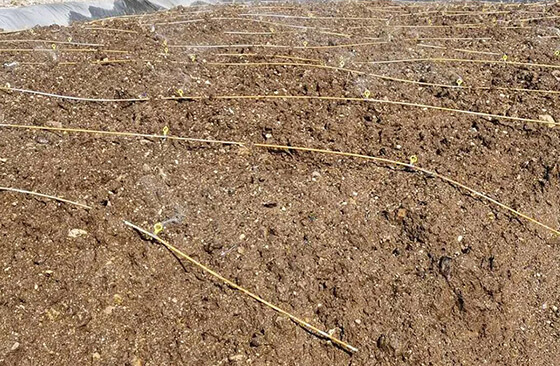
Take spray as an example, the spray pipe network uses high-strength polyethylene plastic pipe, the spray head uses the rotary swing sprinkler head with a wide spray radius, large and uniform spray droplets, which is not easy to atomize, and convenient to install.
In the spraying process, one is to make the leaching solution evenly sprayed on the ore heap, another is to achieve the required spraying intensity, that is, the amount of spraying per unit area in unit time, usually 0.1-0.4L/m•min, the spraying time accounts for about 1/3 to 1/2 of the total time. After spraying, the rich solution from the bottom of the heap enters the solution collecting tank through the solution ditch and then is pumped to the workshop.
The gold is extracted by carbon adsorption and desorption electrolysis (or zinc dust replacement precipitation). The activated carbon becomes the gold-loaded carbon due to the absorption of gold in the pulp. After the completion of the adsorption operation, the gold carbon-containing pulp is sent to the carbon screen through the air lifter to separate the pulp and activated carbon. After screening and washing, the pulp is sent to desorption and electrolytic operation.
Under the high temperature and high pressure, the anions easily adsorbed by activated carbon are added to the desorption system, and Au(CN)2- is replaced to obtain gold slime and carbon poor, so as to realize the desorption of gold. The precious liquid obtained by desorption of gold-bearing carbon is recovered by ionization to obtain the solid gold.
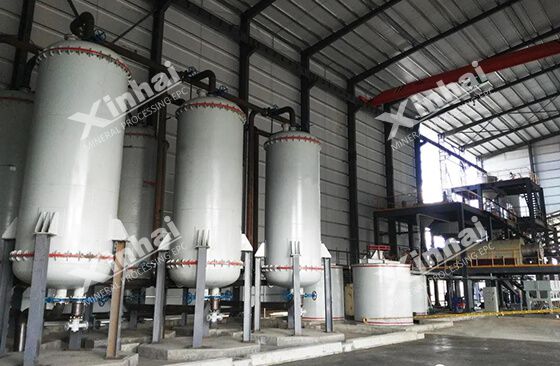
These are the six common stages of the gold heap leaching process flow. In some cases, the heap leaching can be used in conjunction with CIP, CIL, or zinc replacement, that is, the high-grade gold ore is sent to the cyanide plant for treatment, while the low-grade ore, off-sheet ore, and waste rock are treated by heap leaching. In the actual production, the heap leaching process flow and parameters are suitable for different gold ore properties, which must be determined by a sufficient mineral processing test.
To find out more about our products and solutions, please fill out the form below and one of our experts will get back to you shortly.